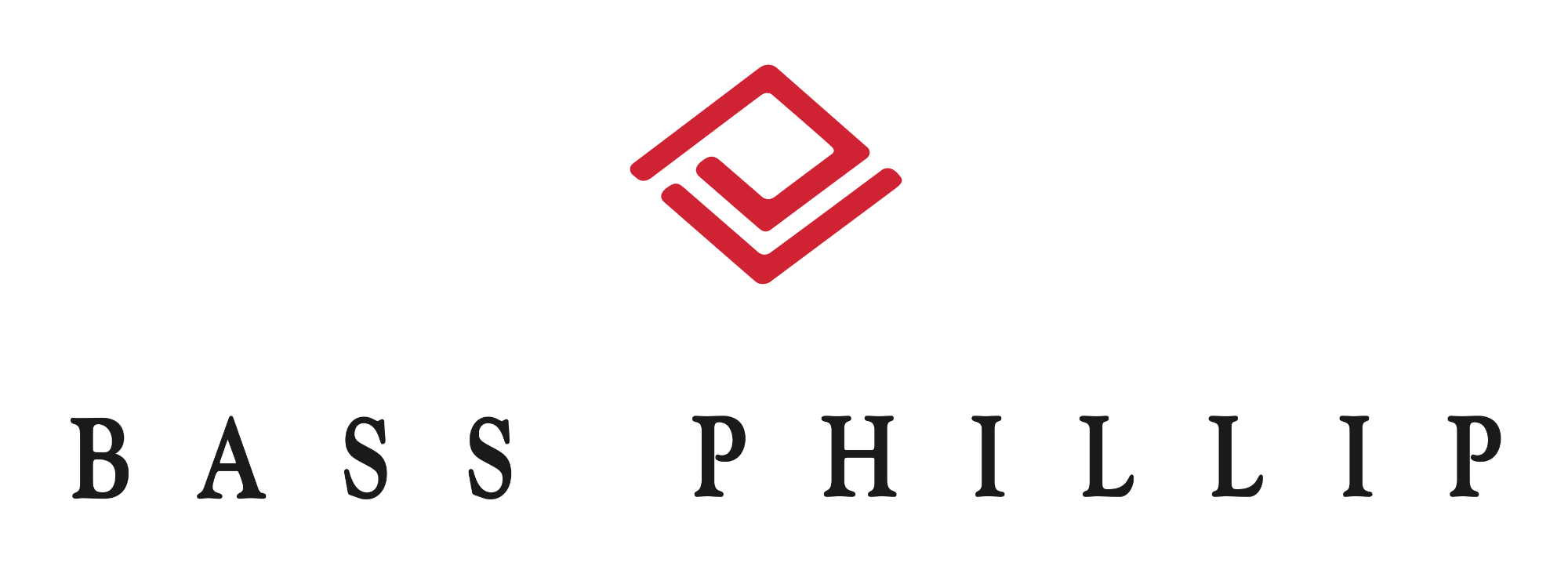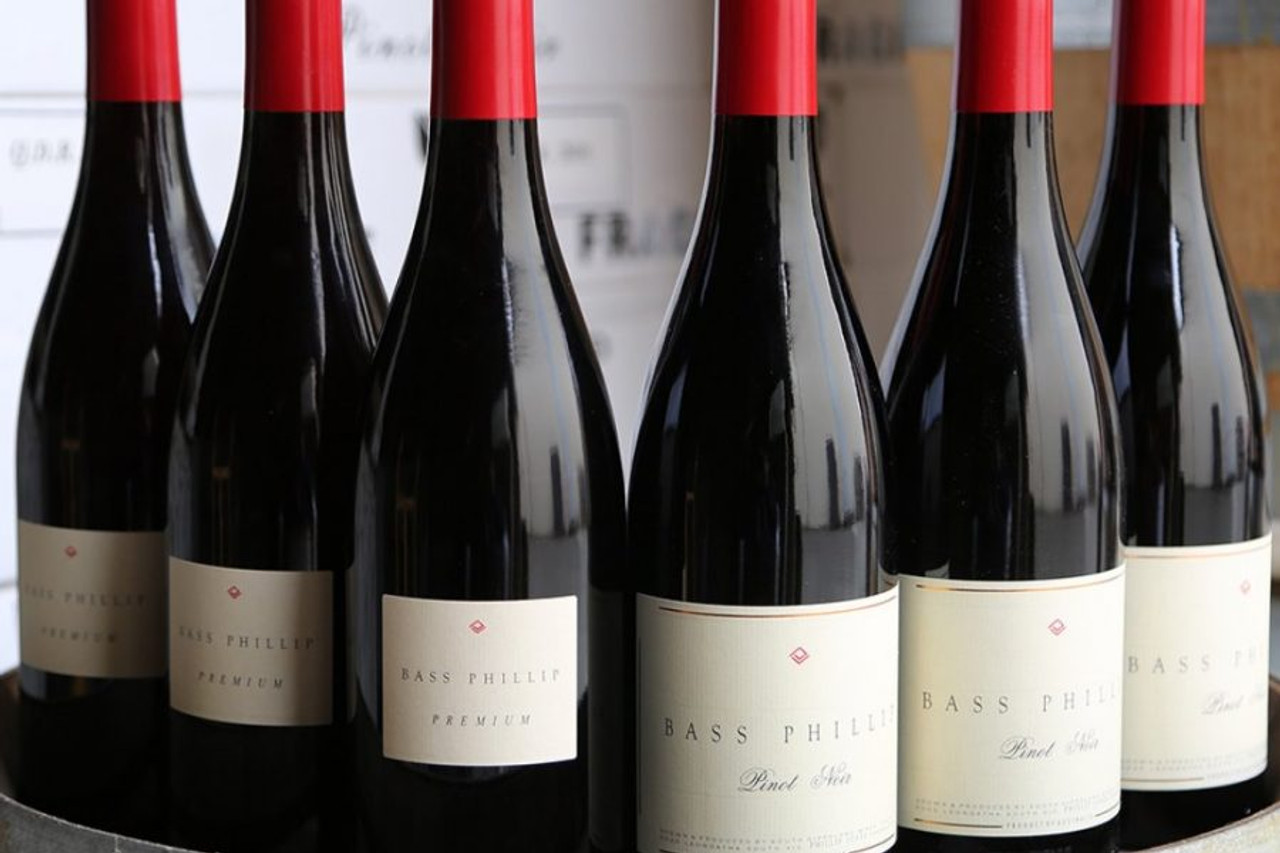The back-label of Bass Phillip’s newly released 2019 Reserve Pinot Noir reads: “The Reserve is Australia’s leading pinot noir.”
Well, it’s important to believe in your product!
If they mean ‘leading’ in terms of price, they’re right. No other Aussie pinot comes within coo-ee of its AUD $825 price tag.
Some might see it as an example of leading with your chin. So how good is this wine?
In a word, spectacular!
A thoroughly beautiful wine, tremendously detailed and fragrant, unfolding more aromas and flavours as it interacts with the air.
The back-label advises us to “Allow it to breathe for at least three hours before drinking”. Well, my tasting of it was outstanding from the first sniff and sip, and I’d estimate it was in the glass no more than 20 minutes before I got to it. But several hours after drawing the cork (Bass Phillip still uses cork, albeit a polymer-tipped Procork) it was, if anything, showing more detail and charm. I scored it 98, which is as high as I’ve ever gone for an Australian pinot noir.
The 2019 vintage at Bass Phillip is a ripper. The Premium (AUD $240) is also a wonderful wine, and the Estate (AUD $95) is excellent, while the Bin 17K is a good initiation into the glories of Bass Phillip, and has been re-positioned rather radically in price, down to AUD $45. The 2012 vintage, tasted five years ago, was AUD $90. I thought it was over-priced then, but AUD $45 is a very fair price for this wine, a gift when viewed against the pedigree of the producer. The wine is originally so named because the vineyard it came from was planted at a density of 17,000 vines per hectare. This isn’t necessarily the case with the 2019.
The new batch of wines includes one of the better gamays I’ve tasted from Bass Phillip, and their first nebbiolo—a bolt from the blue. This is a hugely promising wine, tremendously concentrated and ripely sumptuous if a little lacking in traditional nebbiolo tannin savouriness. Perhaps that will come with vine age.
The chardonnays are also very impressive. Bass Phillip chardonnay hasn’t always delighted, but the 2019 Estate (AUD $76) and Premium (AUD $103) are both delicious wines—in a more Burgundian, less Aussie fruit-focused style. Utilising malolactic, these are subtly buttery, textural wines with seamless acidity. The full orchestra—while many top Aussie chardies are somewhat solo violin. And I liked them more as wines for drinking than tasting.
The question must inevitably arise: were these wines made by founder Philip Jones or the new regime? Bass Phillip announced in April 2020 that a syndicate including renowned Burgundy winemaker Jean-Marie Fourrier had bought the winery and vineyards from Jones, who founded it in 1979.
Philip Jones has told me 2018 was the last vintage when he had his hands on the grapes. He was there for the 2019 harvest while the 2019 wines were blended and prepared for bottling by John Durham, the winemaker at Cape Mentelle for many years who has lately been working in Southern Victoria.
According to Jones, there were no bushfire smoke taint issues at Bass Phillip in 2020 as there were in East Gippsland. Bass Phillip is in South Gippsland and a long way west of the bushfires.
So the 2019 wines are essentially Jones’s last vintage, and they’re a great suite of wines to go out with.
A spokesperson for Bass Phillip told me the new owners have reduced the core range to focus on producing the highest possible quality. At the same time:
“We wanted to create a quality entry-level wine that can be accessible to all generations and, as Crown Prince and Old Cellar are no longer being made, the 2019 vintage 17K pinot has become Bass Phillip’s entry-level wine.”
If Bass Phillip has led with its chin, it’s still on its feet. Indeed, it’s probably also won the round, if not the bout.
(SOURCE)

